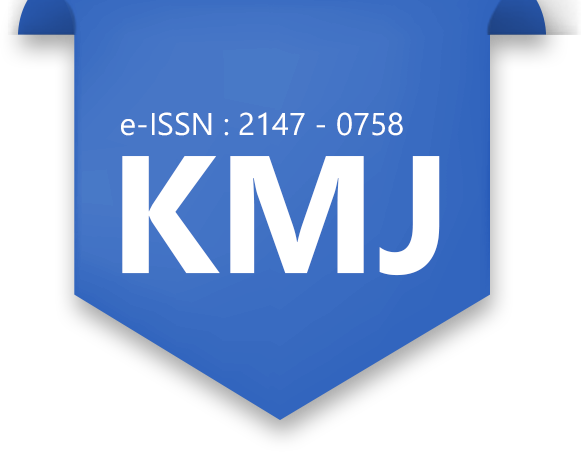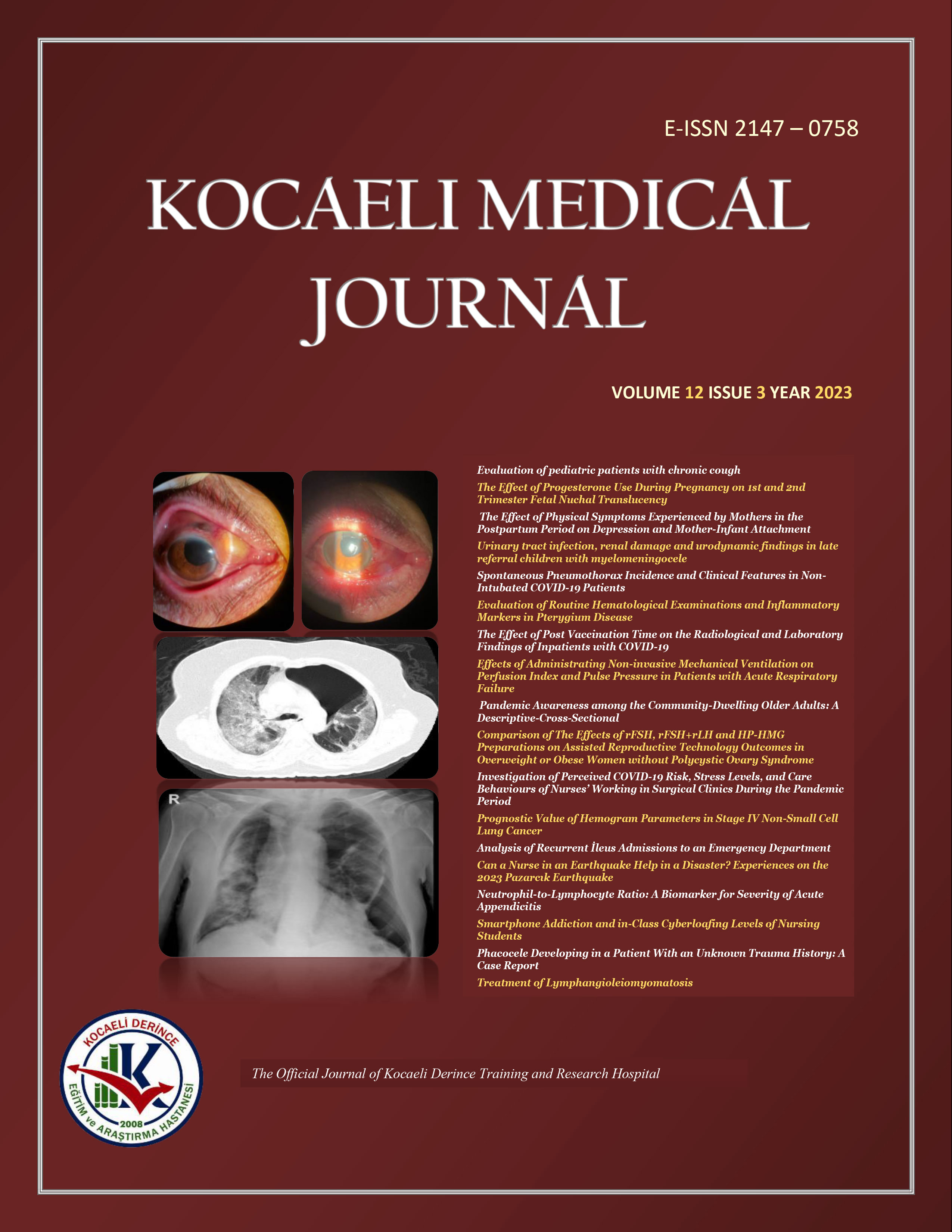
The treatment of larger bladder stones using of nephroscope via transurethrally
Murat Dursun1, Hüseyin Beşiroğlu2, Alper Ötünçtemur3, Emin Özbek31Bahcelievler State Hospital, Department of Urology, Istanbul, Turkey2Catalca Ilyas Cokay State Hospital, Department of Urology, Istanbul
3Okmeydanı Training and Research Hospital, Department of Urology, Istanbul
INTRODUCTION: It is essential that the bladder stone be removed with a minimum of trauma and damage applied to the bladder. In this context, we present our experience removal of bladder stone endoscopically with using nephroscope via transurethrally and compared this method with using cystoscope.
METHODS: Twenty six male patients who had bladder stones treated with endoscopically with using nephroscope via transurethrally and 24 patients were treated with using cystoscope. The maximum diameter of stones in milimeters and prostate volume were measured on plain KUB Xray or suprapubic ultrasonography. Also, operation time was measured.
RESULTS: The mean stone diameter and total number of stones in the 26 patients was 36.48±16.7 mm and 31 stones, respectively. The average age of the 26 patients was 59.3±17.6 years. Mean operative time from begining of intravenous sedoanalgesia until urethral foley catheter insertion was 33.2±18.9 minutes and mean prostate volume was measured to be 50.7±20.4 ml. No statistical difference was found for operation time between groups. None of the patients developed urethral stricture disease in the early (postoperative third month) follow-up.
DISCUSSION AND CONCLUSION: Nephroscope has distinct advantage over the cystoscope as it has a wider lumen, which facilitates easy removal of the stone fragments. Transurethral stone removal using a nephroscope is safe and efficacious method of stone removal without increasing the morbidity of the patients.
Büyük Mesane Taşlarının Transüretral Nefroskop ile Tedavisi
Murat Dursun1, Hüseyin Beşiroğlu2, Alper Ötünçtemur3, Emin Özbek31Bahçelievler Devlet Hastanesi, Üroloji Bölümü, İstanbul2Çatalca İlyas Çokay Devlet Hastanesi, Üroloji Bölümü, İstanbul
3Okmeydanı Eğitim ve Araştırma Hastanesi, Üroloji Bölümü, İstanbul
GİRİŞ ve AMAÇ: Mesane taşlarının tedavisinde minimum travma oldukça önemlidir. Bu çalışmada da, transüretral yolla nefroskop kullanılarak mesane taşlarının endoskopik tedavisi hakkında deneyimlerimizi sunduk ve bu yöntemi sistoskop kullanılarak yapılan yöntemle karşılaştırdık.
YÖNTEM ve GEREÇLER: Mesane taşı olan 26 erkek hasta transüretral nefroskop kullanılarak ve 24 hasta sistoskop kullanılarak endoskopik tedavi edildi. Taş boyutu ve prostat hacmi, direk grafi veya suprapubik ultrasonografi ile ölçüldü. Operasyon süreleri de her iki grupta ölçüldü.
BULGULAR: 26 hastada ortalama taş boyutu ve toplam taş sayısı sırasıyla 36.48±16.7 mm ve 31 taş olarak belirlendi. 26 hastanın yaş ortalaması 59.3±17.6 idi. İntravenöz sedoanaljezi başlangıcından üretral foley kateter yerleştirilmesine kadar geçen ortalama ameliyat süresi 33.2±18.9 dakika ve ortalama prostat hacmi 50.7±20.4 ml olarak ölçüldü. İki grup arasında operasyon süreleri açısından istatistiksel anlamlı fark saptanmadı.Hastaların hiçbirinde erken (postoperatif üçüncü ay) dönemde üretral striktür gelişmedi.
TARTIŞMA ve SONUÇ: Nefroskopun, taş parçalarının kolayca çıkarılmasını kolaylaştıran daha geniş bir lümene sahip olması sistoskop kullanımına göre belirgin bir avantaj sağlamkatadır. Nefroskop kullanarak transüretral yoldan taş tedavisi, hastaların morbiditesini arttırmadan güvenli ve etkili bir yöntemdir.
Corresponding Author: Murat Dursun, Türkiye
Manuscript Language: English












